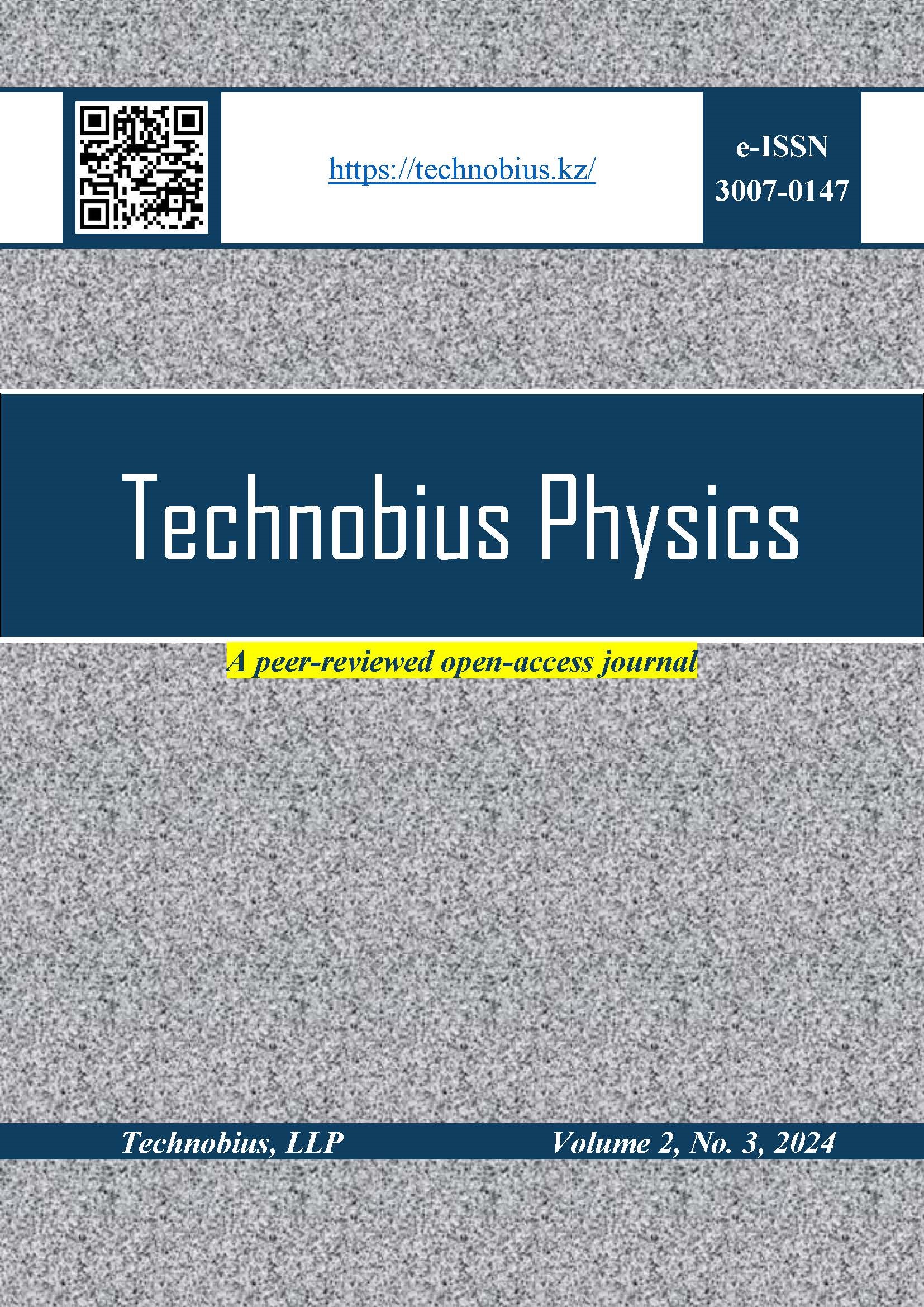Corrigendum to “M. Kanli and A. Ece, “Artificial Intelligence in X-Ray imaging: advances, challenges, and future directions”, tbusphys, vol. 2, no. 3, p. 0018, Sept. 2024. doi: 10.54355/tbusphys/2.3.2024.0018”
DOI:
https://doi.org/10.54355/tbusphys/2.3.2024.0018cKeywords:
artificial intelligence, big data, X-ray, crystallography, solid stateAbstract
In the originally published version of this article, several sections lacked detail on experimental methods, equipment sources, and statistical data processing. The following corrections and additions have been made:
- Statistical Data Processing: The revised version now provides information on statistical methods applied to AI model validation, including regression analysis metrics (R², RMSE), principal component analysis (PCA) for dimensionality reduction, Gaussian mixture models, and ANOVA testing to evaluate the reliability of results across multiple datasets.
- Equipment and Materials: The updated article specifies details on the experimental setup, including equipment models such as high-resolution X-ray diffractometers (e.g., Bruker D8 Advance), diamond anvil cells (DACs), irradiation chambers with controlled photon flux, and data acquisition tools (MATLAB, ImageJ, Python-based pipelines, TensorFlow models). This information clarifies the origin and type of materials and instruments used.
- Figures: Figures 5–8 have been updated to improve clarity and to better illustrate AI-predicted deformation behaviors in NaCl, LiF, KBr, and CsI crystals.
- Editorial Improvements: Minor corrections were made to improve consistency, terminology, and methodological transparency throughout the text.
- Also, the reference “V. N. Erofeev and E. Hartmann, “Increased electrical conductivity in alkali halide crystals,” Solid State Ionics, vol. 28, no. PART, pp. 241–244, Sep. 1988.” has been replaced with “B. Wei et al., “Enhancing Electrical Transport Performance of Polycrystalline Tin Selenide by Doping Different Elements,” Phys. Status Solidi Appl. Mater. Sci., vol. 221, no. 9, May 2024, doi: 10.1002/PSSA.202300717”.
These amendments do not alter the overall findings, discussion, or conclusions of the article but enhance clarity, reproducibility, and technical precision.
Downloads
Metrics
References
Not applicable
Downloads
Published
How to Cite
Issue
Section
Categories
License
Copyright (c) 2024 Muammer Kanlı, Aikerul Ece

This work is licensed under a Creative Commons Attribution-NonCommercial 4.0 International License.








